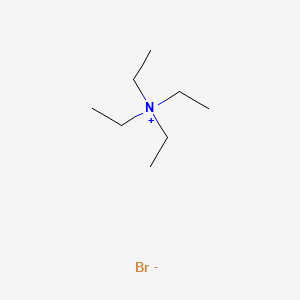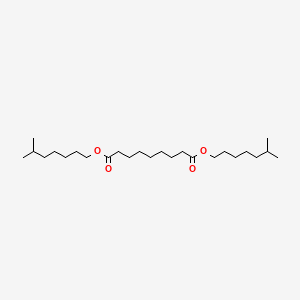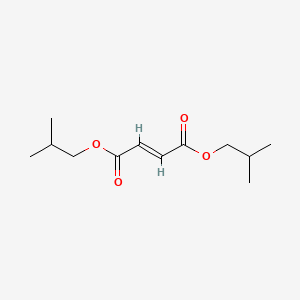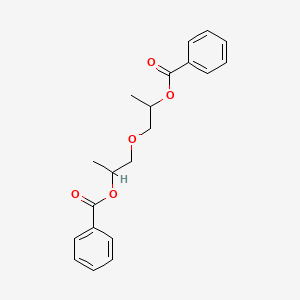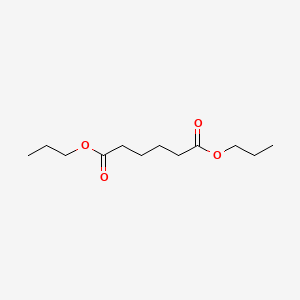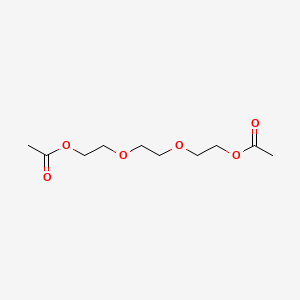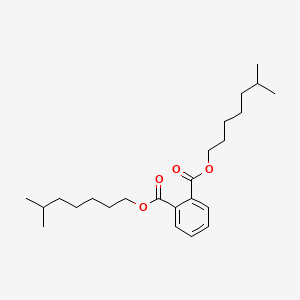Tetraethylammonium Bromide CAS 71-91-0
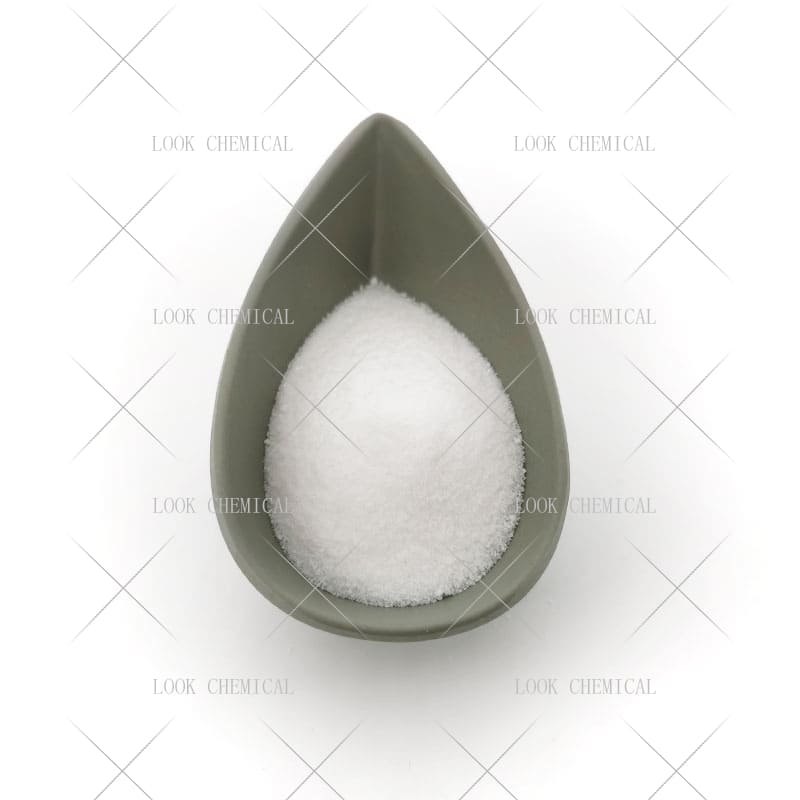
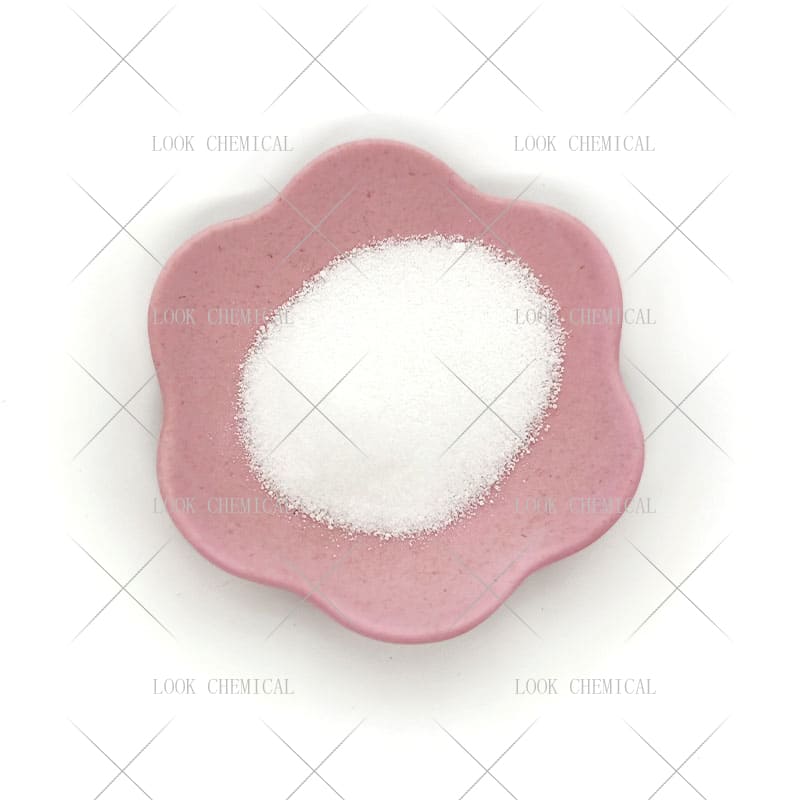
Free Sample Tetraethylammonium Bromide CAS 71-91-0
- Appearance:Powder
- Purity:99.8%
- Delivery:30days
- Sample Available:Available
- Payment:L/C,T/T,D/P,Paypal,Money Gram,Western Union
- Incoterm: FOB,CFR,CIF,EXW,FCA,CPT,CIP
- Transporta:Ocean, Land,Air, DHL,TNT FedEx
Name: Tetraethylammonium Bromide
CAS:71-91-0
MOQ: 1KG
Directory Guidance on Tetraethylammonium Bromide
Chemical Structure
Basic Info:
| Melting point | 285 °C (dec.)(lit.) |
| density | 1,397 g/cm3 |
| vapor density | 5.3 (vs air) |
| refractive index | 1,442-1,444 |
| storage temp. | Store below +30°C. |
Product Introduction:
Tetraethylammonium bromide (TEAB for short) is an organic compound with the formula (C2H5)4NBr and an approximate molecular weight of about 210.16. It typically appears as a white crystalline solid with hygroscopic properties and typically has a density of 1.377% g/cm3 as well as melting point at 285degC, being highly soluble in water with up to 2795 g/L solubility at 25degC ; it is also slightly soluble in ethanol, chloroform and acetone but is only partially soluble in benzene.
Tetraethylammonium bromide, as a quaternary ammonium salt compound, has numerous applications within chemistry. In organic synthesis it can serve as a phase transfer catalyst to facilitate reactions between organic and aqueous phases, such as catalyzing the coupling reaction between aldehydes/alcohols with thiols/disulfides to form thioesters; additionally it may be employed for ion pair chromatography to separate/detect certain organic/inorganic ions; when applied as analytical chemistry it can serve as polarographic reagent to test metal elements such as gold/iridium/palladium/rhodium/ruthenium etc.
Tetraethylammonium bromide can be produced by reacting triethylamine with ethyl bromide in an organic solvent and producing its respective quaternary ammonium salt during this reaction. Due to its moisture-sensitive nature, however, storage should take place in an ambient temperature and dry environment to preserve its quality and stability.
Tetraethylammonium bromide can be very irritating to eyes, respiratory tract, and skin. Therefore, appropriate precautions must be taken during use to avoid accidental or contact inhalation of this compound. Wear protective gloves and goggles during application of this product to minimize accidental inhalation or accidental contact inhalation.
Nature and Specifications:
| Item | Specification |
| Product Name | Tetraethylammonium Bromide |
| CAS No. | 71-91-0 |
| Appearance | Powder |
| Shelf Life | 2 years |
| Packing | As your requirements |
| color | White to cream |
| Odor | Odorless |
| PH | 6.5 (100g/l, H2O, 20℃) |
| PH Range | 6.5 at 100 g/l |
| Water Solubility | 2795 g/L (25 º C) |
| Sensitive | Hygroscopic |
Product service:
- Certificate Of Analysis (COA)
- Material Safety Data Sheet (MSDS)
- Route of synthesis (ROS)
- Method of Aanlysis (MOA)
- Nuclear Magnetic Resonance (NMR)
- Packing pictures and loading video before loading
- Free Sample
- Factory audit
Tetraethylammonium bromide (TEAB for short) is an important organic compound with a wide range of chemical and industrial applications. It is a white crystalline solid that is easily soluble in water and a variety of organic solvents and has stable chemical properties, so it has important uses in many fields.
In the field of organic synthesis, Tetraethylammonium bromide is mainly used as a phase transfer catalyst. It can promote the reaction between the organic phase and the aqueous phase, accelerate the reaction rate and improve the selectivity. For example, TEAB can play an important role in reactions such as etherification, esterification, halogen substitution, redox and N-alkylation.
In analytical chemistry, Tetraethylammonium bromide is also widely used. It is a commonly used polarographic analytical reagent that can be used to detect metal elements such as gold, iridium, palladium, rhodium and ruthenium. In ion pair chromatography, TEAB, as an ion pair reagent, can form a stable ion pair with the ion to be measured, thereby improving the efficiency and selectivity of chromatographic separation. By optimizing the chromatographic conditions, it can also achieve efficient separation of ammonium, tetraethylammonium and methyltriethylammonium ions. In addition, TEAB is also often used as a mobile phase additive in high-performance liquid chromatography (HPLC) analysis.
In the fields of electrochemistry and materials science, Tetraethylammonium bromide shows a wide range of application prospects due to its good thermal stability and conductive properties. It can be used as an electrolyte or electrolyte additive in power storage devices such as capacitors, lithium-ion batteries and solar cells. In addition, TEAB is also used as a molecular sieve template for the synthesis of molecular sieve materials with specific pore sizes and structures. TEAB also plays an important role in phase change cold storage materials for energy storage and thermal management.
In the fields of medicine and biochemistry, Tetraethylammonium bromide is also of great value. It is used as a component of certain drug formulations, such as as a raw material for antibacterial drugs, which interacts with bacterial cell membranes to destroy the structure and function of bacteria, thereby inhibiting bacterial growth. In addition, TEAB is also used in pharmacology and physiology research as a source of tetraethylammonium ions for selectively blocking potassium ion channels and studying the ion transport mechanism of cell membranes.
In addition to the above fields, Tetraethylammonium bromide has important applications in many other fields. It is used as a surfactant, descaling agent, adsorbent and oil displacement agent. For example, in oilfield chemistry, TEAB can be used as an oil displacement agent to improve oil recovery. In addition, it is also used as a pesticide intermediate for the synthesis of biologically active compounds.
In conclusion, as a multifunctional quaternary ammonium salt compound, tetraethylammonium bromide plays an important role in many fields such as organic synthesis, analytical chemistry, electrochemistry, medicine and materials science due to its unique chemical properties and wide applications. With the continuous advancement of science and technology, its application scope will be further expanded.
Tetraethylammonium bromide (TEAB for short) is an important quaternary ammonium salt compound with many significant advantages. It has high chemical stability at room temperature and is not easy to decompose. Even if heated at 95°C for 28 hours, the pH value of its 10% aqueous solution remains unchanged. This stability enables it to maintain its performance in complex chemical reactions and analytical processes, reducing errors or failures caused by chemical changes.
Tetraethylammonium bromide has very good solubility. It has a very high solubility in water, up to 2795 g/L (25°C), and can also be well soluble in a variety of solvents such as ethanol, chloroform and acetone. This excellent solubility enables it to adapt to different solvent systems, making it easy to use in various chemical reactions and analytical methods, greatly improving its application flexibility.
Tetraethylammonium bromide is also versatile and is a widely used chemical reagent. It can be used as a phase transfer catalyst to promote the reaction between the organic phase and the aqueous phase, improve the reaction efficiency and selectivity; it can also be used as an ion pair reagent for chromatographic analysis to improve the separation effect. It is also used in the field of electrochemistry as an electrolyte or electrolyte additive, showing good conductivity.
As an ionic surfactant, Tetraethylammonium bromide can significantly reduce the surface tension of liquids and has good emulsification, dispersion and wetting properties. This surface activity makes it perform well in surface treatment, emulsifier preparation and synthesis of certain materials, and can effectively improve the physical and chemical properties of the system, further expanding its application range.
The application field of Tetraethylammonium bromide is very wide, covering many fields such as organic synthesis, analytical chemistry, electrochemistry, medicine, materials science and agriculture. For example, in organic synthesis, it is used as a catalyst; in analytical chemistry, as a polarographic reagent and ion pair chromatography reagent; in electrochemistry, as an electrolyte additive; in the field of medicine, as a drug intermediate or research tool. This versatility and wide application make it a very valuable chemical reagent.
The synthesis process of Tetraethylammonium bromide is relatively mature and simple, and it is usually prepared by the reaction of ethyl bromide and triethylamine in an organic solvent. This synthesis method is easy to operate, low cost, can meet the needs of large-scale production, and further improves its feasibility in industrial applications. At the same time, as long as the operation is carried out in accordance with the specifications and appropriate protective measures are taken, its safety can be effectively guaranteed.
Contact Us
Product Package picture:
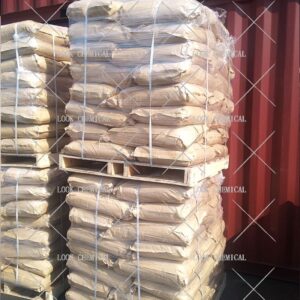

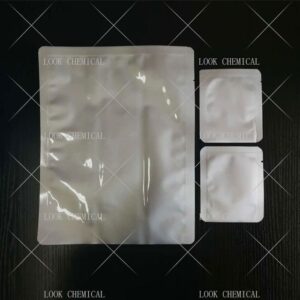
Related References:
chemicalbook-Tetraethylammonium Bromide
Tetraethylammonium Bromide Manufacturer
Contact Us
As an experienced Tetraethylammonium Bromide manufacturer and supplier, Look Chemical is committed to producing and selling high quality products.
We cooperate and trade with 6000+ factories around the world, and our high-quality products and excellent services make us enjoy a high reputation internationally.
As Tetraethylammonium Bromide CAS 71-91-0 supplier, Look Chemical provides supply chain solutions to partners and customers in a wide range of industries. We offer competitive pricing and quality products.
If you have a demand for this product, please contact our company’s sales staff, we will provide you with a solution in the shortest time.
Transport proposal

1. For products ≤50kg, we recommend using express delivery, which is usually called DDU service (discounted, convenient).
2. For products ≤500kg, we generally recommend air freight, which is usually called FOB, CFR or CIF service (fast and efficient).
3. For products >500kg, we generally recommend shipping by sea, which is usually called FOB, CFR or CIF service (economical, safe).
4. For high-value products, please choose air or express to ensure the safety of product transportation.
Shandong Lookchemical service:
* Timely reply and 24 hours online, the professional team will provide you with the most favorable prices and high-quality products.
* The sample supports testing and inspection.
* Each batch of products will be tested to ensure that its quality meets user needs.
*Packaging can also be made according to customer requirements.
*Any inquiries will be answered by our relevant personnel within 24 hours.
*We will provide you with commercial invoice, packing list, packing list, COA, health certificate and certificate of origin if you need it. If your market has other special requirements, please let us know.
*We will monitor the logistics information in real time and will share the information with you.
* You can consult us at any time if you have any questions about the product, and we will answer you in time.
*If you have any questions about the product, you can report it to us, we will deal with it in time for you, and the product can be returned.
Contact Us
Frequently Asked Questions(FAQ):
We will make samples before mass production, and after sample approved, we’ll begin mass production. Doing 100% inspection during production, then do random inspection before packing.
Our MOQ is 1kg. But usually we accept less quantity such as 100g on the condition that sample charge is 100% paid.
Yes. We’ll give you product analysis report before shipping.
Different quantity has different discount.
Yes. Welcome to visit.
You can get free samples for some products,you only need to pay the shipping cost or arrange a courier to us and take the samples. You can send us your product specifications and requests,we will manufacture the products according to your requests.

